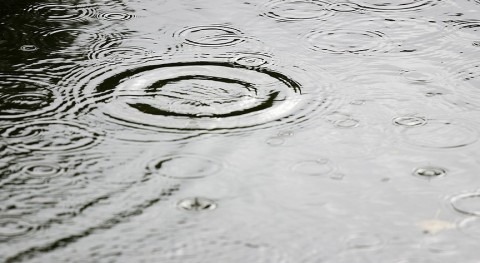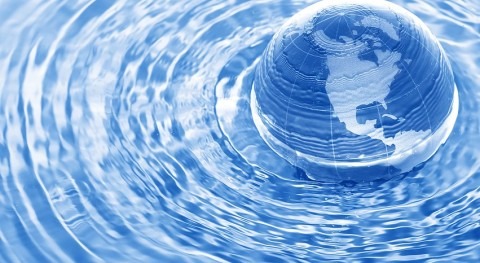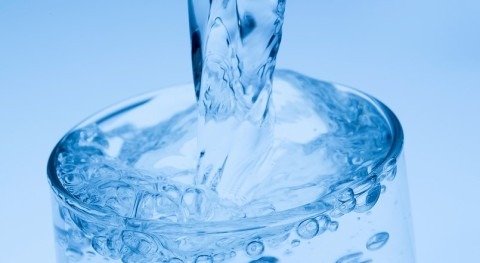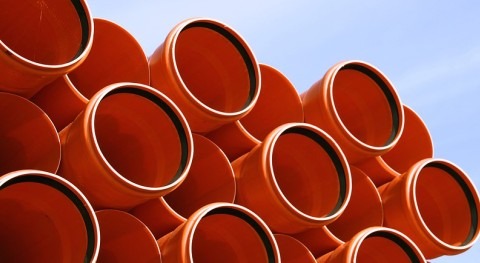As we know, the problems of water stress and scarcity around the world are becoming more urgent and need to be addressed sooner rather than later if we’re to ensure that demand doesn’t outstrip supply in the future, given the pressure being applied by climate change, urbanisation, extreme weather events and a growing global population.
There are numerous strategies that can be employed to help protect this particular natural resource and new ideas are coming to the fore all the time, which is certainly heartening to hear.
Over in Europe, for example, researchers have been using mangrove trees as a source of inspiration for a biomimicry project to tackle the issues of water scarcity and land degradation in coastal areas around the Mediterranean.
A technology platform has been developed by HYDROUSA project partner Planet that reproduces the same process of growth that mangrove trees go through using technology.
The trees themselves grow in saline water and are, in fact, the first to colonise an empty coastline because they can desalinate water – thus creating conditions where other species are able to thrive and gradually building an ecosystem where there wasn’t one before.
The platform – called Mangrove Still – generates distilled water from saline water through evaporation and condensation driven by sunlight. Saline water can be used to grow crops but also for the regeneration of land in regions where it’s no longer productive, as well as producing edible salt.
The project has now been awarded funding to develop the technology for use in the Middle East. Co-founder of Planet Alessandro Villa was quoted by Cordis as saying: “This funding will enable us to thoroughly test new materials and processes in a scientific environment allowing our team to work on increasing the efficiency and effectiveness of our solar desalination system.”
Businesses concerned about their own water footprint can start to reduce water consumption and usage by investigating alternative water sources, whether that’s rainwater harvesting, greywater, reclaimed wastewater, harvested stormwater or desalination.
Rainwater harvesting is a good place to begin, especially for companies in the UK where we see a lot of rainfall. It involves collecting the rain that falls on the roof of your site and using it in place of mains water for the likes of toilet flushing, laundry and process water, vehicle washing and so on.
You may also want to make sure that there are no leaks on your premises that need to be repaired, as billions of litres of water is lost each day in England alone through leaks.
You may not even know you have any and they could be wasting a huge amount of water each day, potentially causing serious damage and costing you a lot of money.








